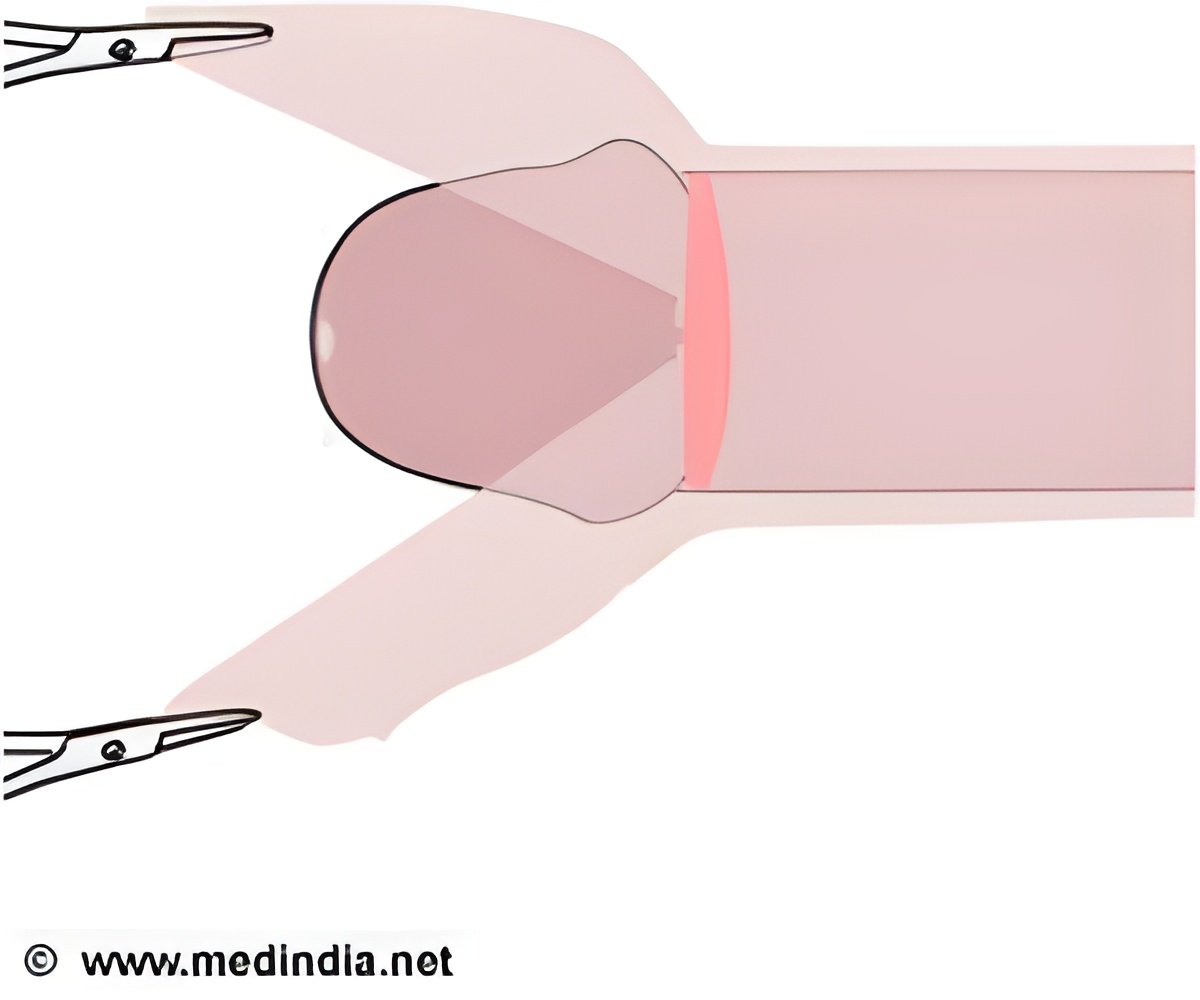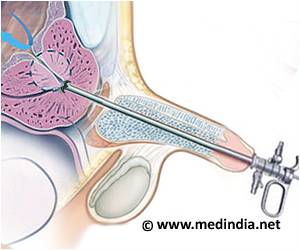
Background: The American Academy of Pediatrics has updated its MC guidance to say that the benefits justify access to the procedure for families who choose it. There has been debate about whether MC should be considered a public health action because of its potential protective effect against acquisition of human immunodeficiency virus (HIV) as suggested in three randomized controlled trials. A part of the debate surrounds the rate of AEs.
How the Study Was Conducted: The authors selected 41 possible AEs of MC based on a literature review and medical billing codes. They used data from a large administrative claims data set and records were available for about 1.4 million circumcised males (93.3 percent as newborns).
Results: The rate of total AEs from MC was slightly less than 0.5 percent. The rates of potentially serious AEs from MC ranged from 0.76 per million MCs for stricture of the male genital organs to 703.23 per million for repair of an incomplete circumcision. Compared with boys circumcised at younger than 1 year of age, the incidence of probable AEs was 20-fold and 10-fold greater for boys circumcised at age 1 to 9 years and at 10 years or older.
Conclusion: "Given the current debate about whether MC should be delayed from infancy to adulthood for autonomy reasons, our results are timely and can help physicians counsel parents about circumcising their sons."
Source-Eurekalert










